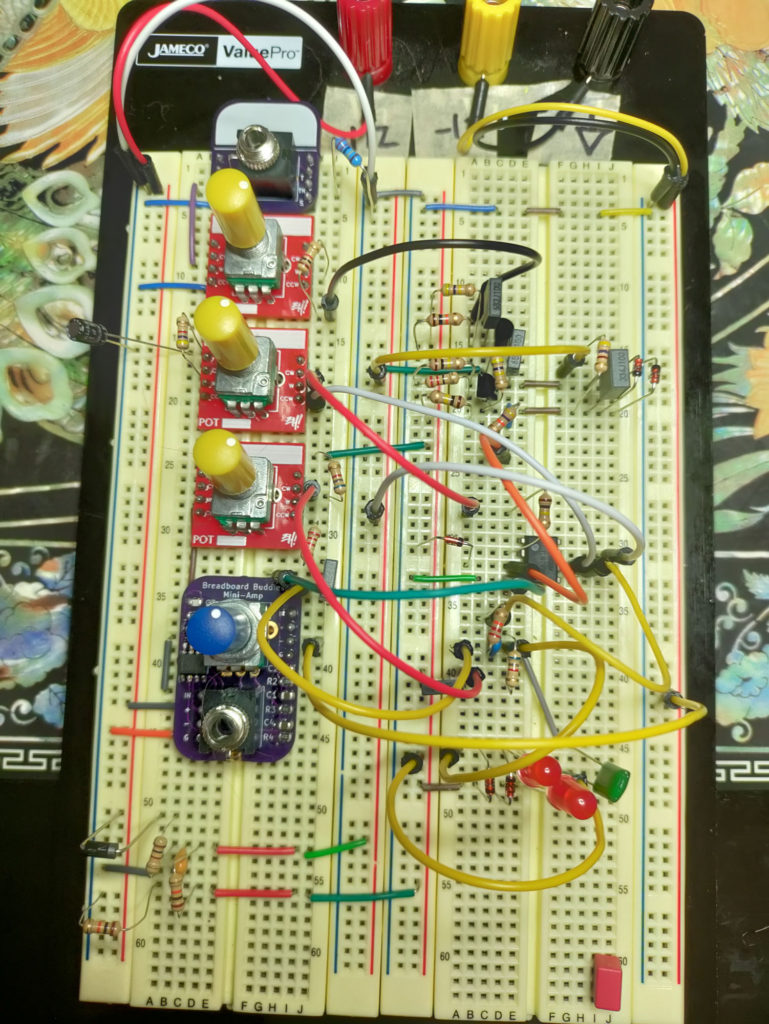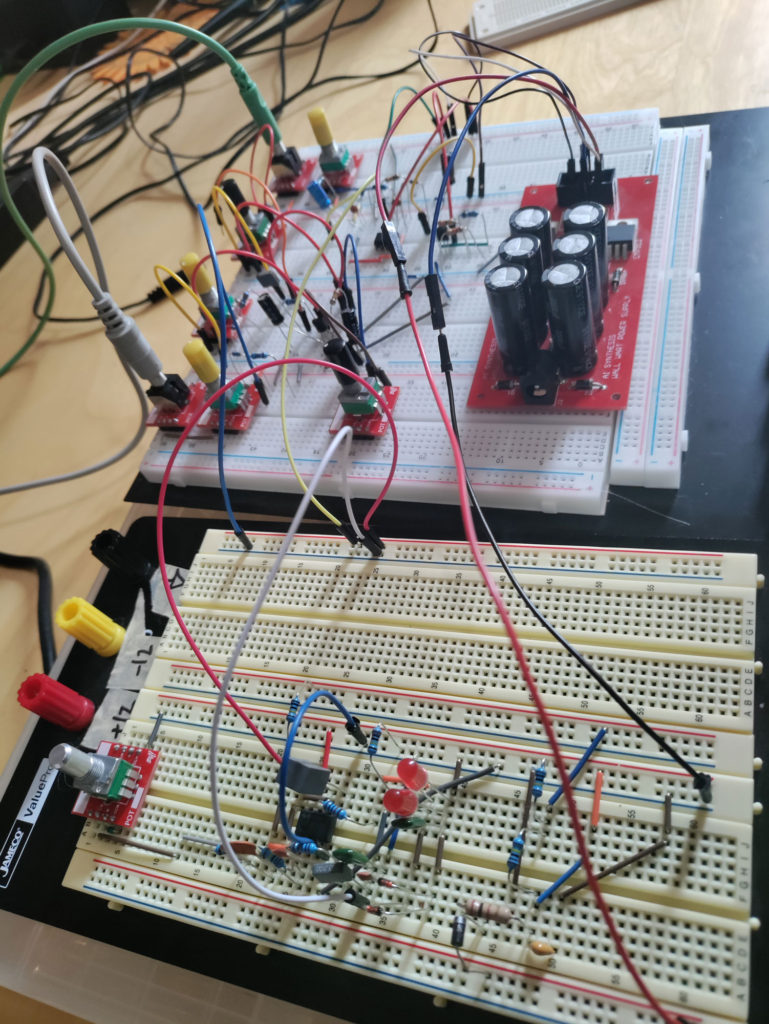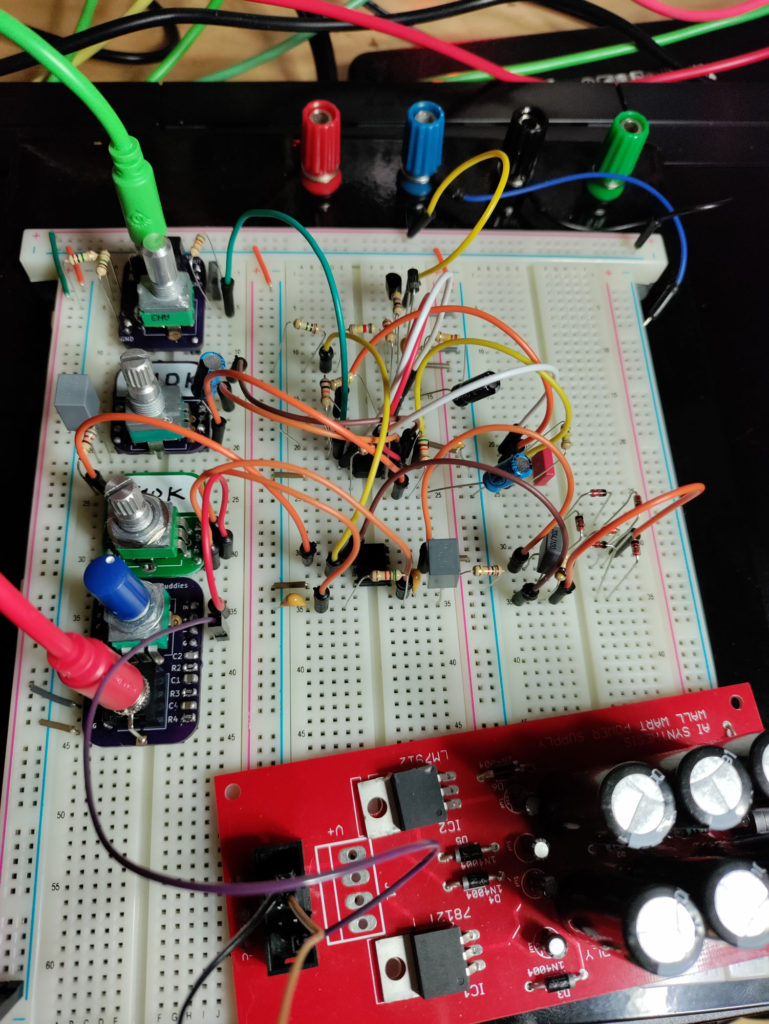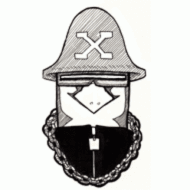The Breadboard Buddies series are simple boards designed to be plugged into breadboards to ease the process of prototyping, and along the way I also built a number of distortion circuits into this form factor for my own experimentations into classic distortion circuits. I selected 6 circuits and went through them one by one, building and testing them on a breadboard, playing simple sounds through them to see how they would affect things. These are stepping stones for more complex distortion-related projects that I’ll be working on in the future. Of the 6 selected circuits, I was happy with the results of 5 of them, and will likely revisit my one ‘failure’ at some point again soon to try to build it again with some different components and after doing a little research on the original circuit to make sure what I’m using is valid. Each of these circuits was built using modern stand-ins for the original transistors, caps, and opamps used in the original circuits.
The circuits built were:
Silicon Transistor Fuzz – this surprisingly simple circuit also sounded great. The version I put together included pots to control the current into both the transistors, which allows for dialing in some very interesting tones.

MXR Distorion + – this sounded pretty good, although it was limited by its sigle pot control and lack of any sort of tone shaping other than ‘distortion’

Pro Co Rat – this also sounded great to my ears, very rich and bright

Boss DS-1 – this was my one ‘failure’, in that it just didn’t sound very good to me at all. Again, this may be due to an incorrect schematic that I was working from, or due to the parts substitutions that I was making use of. I know the DS-1 is a total classic and should have sounded better than what I was getting in my experiment.
Maxon-808 – aka the Tube Screamer. This was more subtle than the Rat and the D+, with a richer sounding mid-range.
Electro Harmonix Opamp Big Muff – This also worked well, with super-heavy clipping just a quarter of a knob-turn away.

